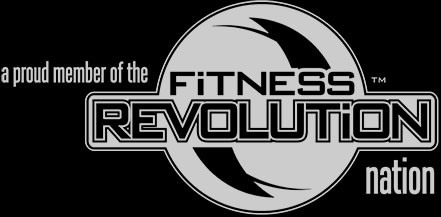In a recent article from the Journal of Sport Science, researchers looked at the activity and sporting habits of parents to see if they had any influence on their children. Here are the results:
Regular exercise by both parents was linked only to girls’ engagement in sport, but was not related to that of boys. Boys’ involvement in sport was related to their fathers’, but not mothers’, exercise habits. The assessment of children’s sporting activities according to age revealed links between parental exercise and participation in sport by students aged 15–16, but not those aged 13–14 years. Regular exercise by mothers but not fathers did not predict sports activity among adolescents aged 15–18 years. Motivation to compete was more important for boys than girls. Fitness, well-being, and appearance motives were more important for adolescents aged 15–18 years, while motivation to compete was more important for those aged 13–14 years.
Our research revealed a relationship between exercise by both parents and children’s motivation for sport. If only one parent in the family exercised, children’s motivations for sports activities were related only to their fathers’, but not their mothers’, exercise habits. The results of the study support the changing role of parents in sports during the adolescent period of growth and development.
Now that I am a father, I make it a point to introduce physical activity as often as possible. Sometimes, it is traditional sports (soccer and baseball right now) but more often it is play wrestling, playgrounds and tag variations. Even when I am “exercising”, my daughter will want to do it with me. Whether we perceive it or not, we are modeling and shaping our kids behaviors with our own.
Active parents = active kids.



